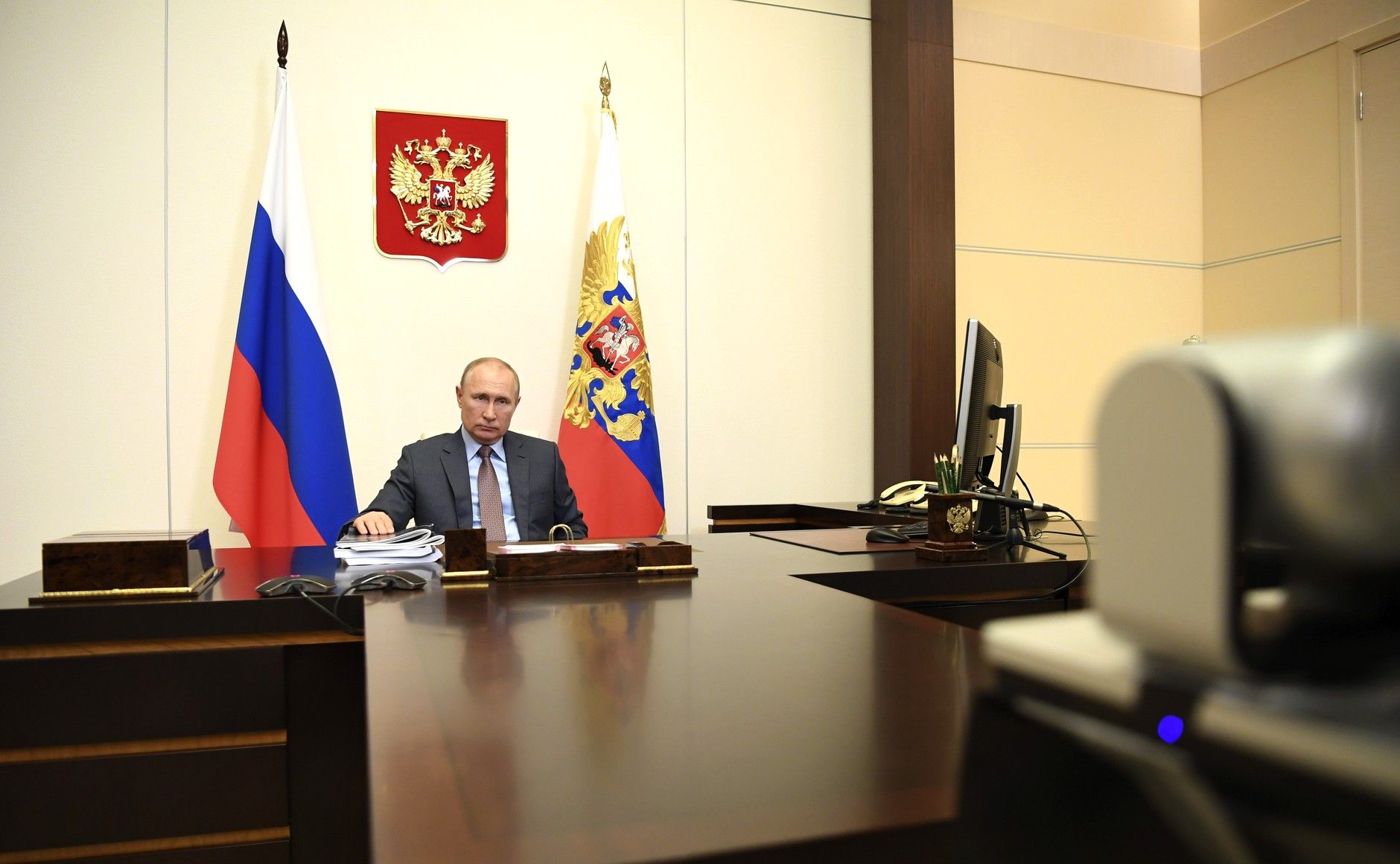Russian Proposal to Limit (U.S.) Missiles in Europe

What is different in the Russian offer?
Russia maintains that it will not deploy intermediate-range missiles in Europe unless similar “U.S.-manufactured” missiles are placed there by the U.S. or its allies. The new offer responds to some of the criticism of Putin’s first call to NATO in September 2019. NATO officials argued that Russia had already deployed an INF Treaty-violating cruise missile called the 9M729 (NATO designation: SSC-8) in Europe. Russia insists that the 9M729 has a range below 500 km and thus did not violate the accord, but now expresses readiness to include the missile in the moratorium if NATO announces it as well (Russia also claims that the 9M729 is currently not present in Europe). Russia also proposes mutual verification of the moratorium (through inspections probably) in the Kaliningrad Oblast and U.S. Aegis Ashore missile-defence sites in Romania and Poland. Russia asserts that the U.S. installations can launch offensive missiles formerly banned by the INF Treaty.
Why is the offer unfavourable to NATO?
While the moratorium would cover the whole European part of Russia, its verification measures would apply only to the Kaliningrad Oblast. NATO would thus be unable to confirm the absence of the 9M729—and potential future types of ground-launched intermediate-range missiles—on the whole area of application of the Russian moratorium. At the same time, the range of the 9M729 (estimated at 2,000–2,350 km) would allow it to strike many targets across Europe (e.g., U.S. bases in Germany) from the main part of Russia’s European territory. In practice, NATO could still be the target of such missiles while committing to renounce similar missiles currently under development by the U.S. Like the 9M729, the U.S. missiles are to be based on mobile ground launchers, although unlike the Russian missile they are to carry only conventional, not nuclear, warheads.
Would another variant of the moratorium be acceptable?
To even consider talks about such a moratorium, the verification measures should be extended to the entire European part of Russia. However, even then, this concept would entail significant challenges. Verification would be very complicated, for example, it would have to factor in possibility of the 9M729 being deployable on more than one type of ground launcher. Moreover, while moving the missiles behind the Urals would decrease Russia’s ability for their surprise use, it could still redeploy them to the European part in a crisis. Therefore, the lack of limitations on missile deployment in Asia would affect the security situation in Europe as well. In a crisis, the U.S. could also move missiles from its territory, although this would entail overcoming a greater distance. Some allies could also find such actions as too escalatory.
What are the Russian goals?
Russia is consistent in its attempts to preserve flexibility in deploying the 9M729 while trying to prevent the placement of similar U.S. weapons in its neighbourhood. Putin’s initiative appears to be aimed mostly at influencing European countries and their policy within NATO. Many of them are concerned about a return to an “arms race” between the U.S. and Russia following the collapse of the INF Treaty and given the deadlock in talks on an extension of the strategic arms reduction treaty (New START), which otherwise will expire in February 2021. Russia rushed to call on Germany to study its latest missile moratorium more deeply after the country criticised the proposal. In turn, France expressed interest in seeing more details of the Russian proposal. In 2019, it was the only NATO country to engage in talks with Russia on the first offer.
What might NATO do?
Despite little chances of a breakthrough in missile arms control with Russia, NATO would benefit from presenting its own proposal. That would impede Russian attempts to exploit differences among the Allies. Such an offer could entail the prohibition of certain types of intermediate-range weapons or the introduction of quantitative limits. Reaching a common stance on this matter will, however, be difficult and requires prior determination whether U.S. missiles should be stationed in Europe. The shape of U.S. policy after the presidential and Congressional elections on 3 November will be key to such deliberations. The Trump administration wants to deploy new missiles in Asia to counter China but also has expressed interest in deploying them in Europe. In turn, the Democrats have criticised the U.S. exit from the INF Treaty as premature and tried to halt the subsequent missile-development programmes.


